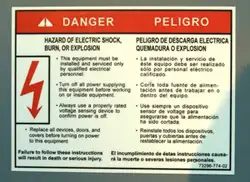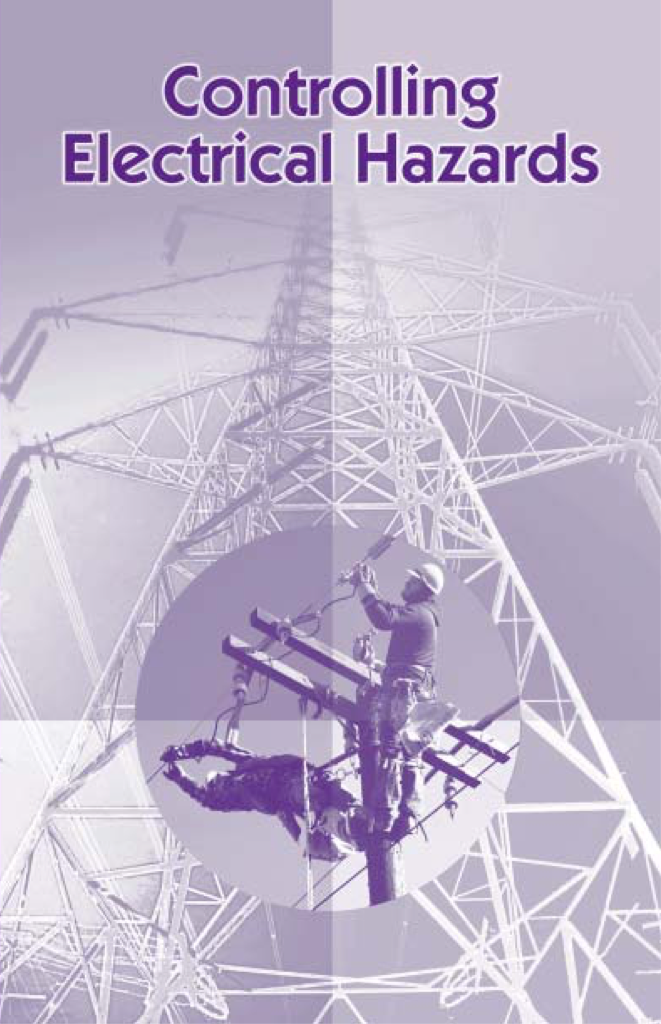Electrical Engineering Safety: Reducing Electrical Risks

CSA Z462 Arc Flash Training - Electrical Safety Essentials
Our customized live online or in‑person group training can be delivered to your staff at your location.

- Live Online
- 6 hours Instructor-led
- Group Training Available
Download Our OSHA 3075 Fact Sheet – Understanding Electrical Hazards in the Workplace

- Learn the effects of electric current on the human body
- Understand OSHA safety standards and protective devices
- Discover essential lockout/tagout and grounding practices
Electrical engineering safety covers arc flash protection, lockout/tagout, grounding, PPE, NFPA 70E compliance, risk assessment, and hazard mitigation to safeguard technicians, equipment, and facilities during power systems design, installation, testing, and maintenance.
What Is Electrical Engineering Safety?
Guidelines to control electrical hazards, ensure compliance, and protect workers in design, testing, and operation.
✅ Arc flash analysis per NFPA 70E; PPE selection and boundaries
✅ Lockout/tagout, isolation, and verification of zero energy
✅ Grounding, bonding, and GFCI/RCD protection per IEC/NEC
Conception and creation of safe design, along with safe installation and safe operation of industrial electrical equipment are the components that make up electrical engineering safety.
Many serious electrical injuries and deaths from electrocution have occurred when an electrical worker thought that a piece of electrical equipment was safely de-energized or it was assumed that all energy sources were properly disconnected. This incorrect assumption has resulted in numerous preventable electrical and arc flash injuries and/or deaths. Electrocution in the workplace is a serious problem. Each year, more workers are killed from electrocution than the combined deaths of police, fire and emergency rescue personnel. Approximately three million electrical workers in North America service electrical equipment and face the most risk of electrical burns if lockout tagout procedures are not properly complied with.
Electrical engineering safety focuses on:
As a foundational overview, resources on general electrical safety principles help teams align on common terminology and core hazard concepts.
- Preventing electric shock (injuries), burns (caused by flash burns, radiation burns, burning particles or shock), and electrocution (death)
- Preventing death or injury caused from failure to stop or failure to operate, or unintended operation of equipment that is electrically controlled and electrically powered
- Preventing surface temperatures and electrical arcing that have enough energy to cause an electrical hazard
- Providing electrical safety technology with monitoring and safe-guards that help prevent non-electrical hazards when used
- Preventing fires caused by electrical equipment malfunction
For supervisors planning job tasks, practical checklists for electrical safety in the workplace streamline hazard identification and control selections.
Electricity Today T&D Magazine Subscribe for FREE

- Timely insights from industry experts
- Practical solutions T&D engineers
- Free access to every issue
Electrical engineering safety professionals focus on developing electrical engineering safety technologies like circuit protection devices (ground-fault circuit interrupters, circuit breakers, and fuses), which are designed to shutoff or automatically limit the flow of electricity when an overload, a ground-fault, an overload, or a short circuit happens in the wiring system. For new apprentices, a concise guide to basic electrical safety clarifies why protective devices are selected and maintained.
In production environments, applying industrial electrical safety practices ensures device coordination and environmental suitability.
Fuses and circuit breakers, for example, disconnect circuits in an event of an overload, which help prevent wires and components from over-heating that might be harmful to their operators. Another electrical engineering safety technology, ground-fault circuit interrupters (GFCI), on the other hand, shuts off the flow of electricity when a ground fault is detected. These electrical engineering safety devices are particularly useful in wet locations such as sinks.
Electrical engineering safety not only focuses on the safe design of electrical equipment, but ensures that these electrical engineering safety designs comply with a whole host of standards including NFPA 70E (workplace electrical safety standard in the U.S.) and CSA Z462-08 (workplace electrical safety standard in Canada). Some electrical engineering safety professionals also assist with the following:
- Assist technical committees, who create, publish and update the aforementioned working standards
- Assists in writing, editing and processing these respective standards
- Keeps up with late-breaking developments by studying new literature and other sources of information
- Maintains a good rapport with all levels of government regarding regulations that affect electrical engineering safety and the government’s respective standard
To ensure consistency with law and consensus standards, organizations should map their procedures to formal electrical safety requirements before rollout.
When planning training or audits, a broad reference on electrical safety can help benchmark program maturity and close gaps.
Frontline crews benefit from scenario-based electrical safety work examples that translate policy into practical field actions.








